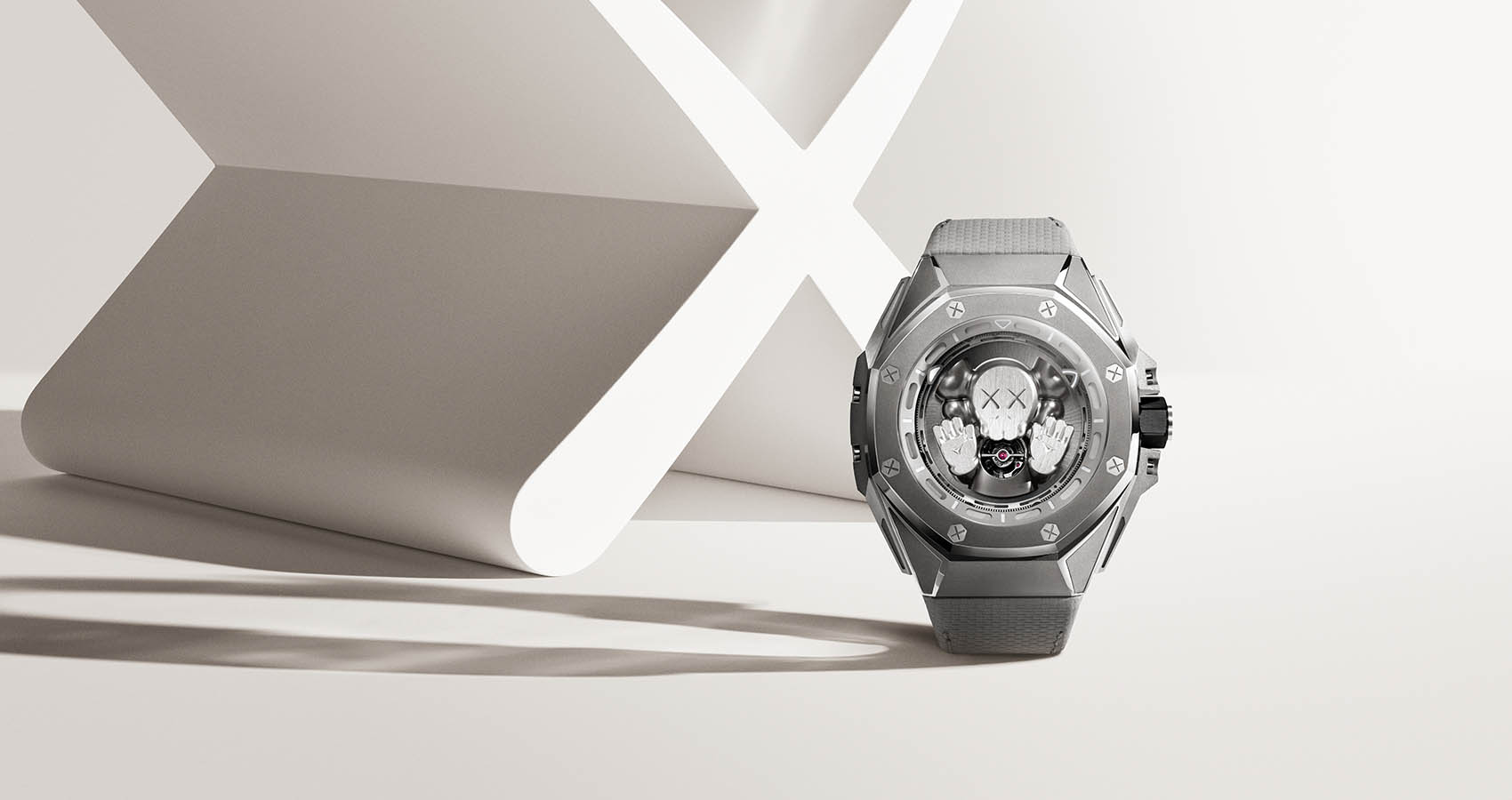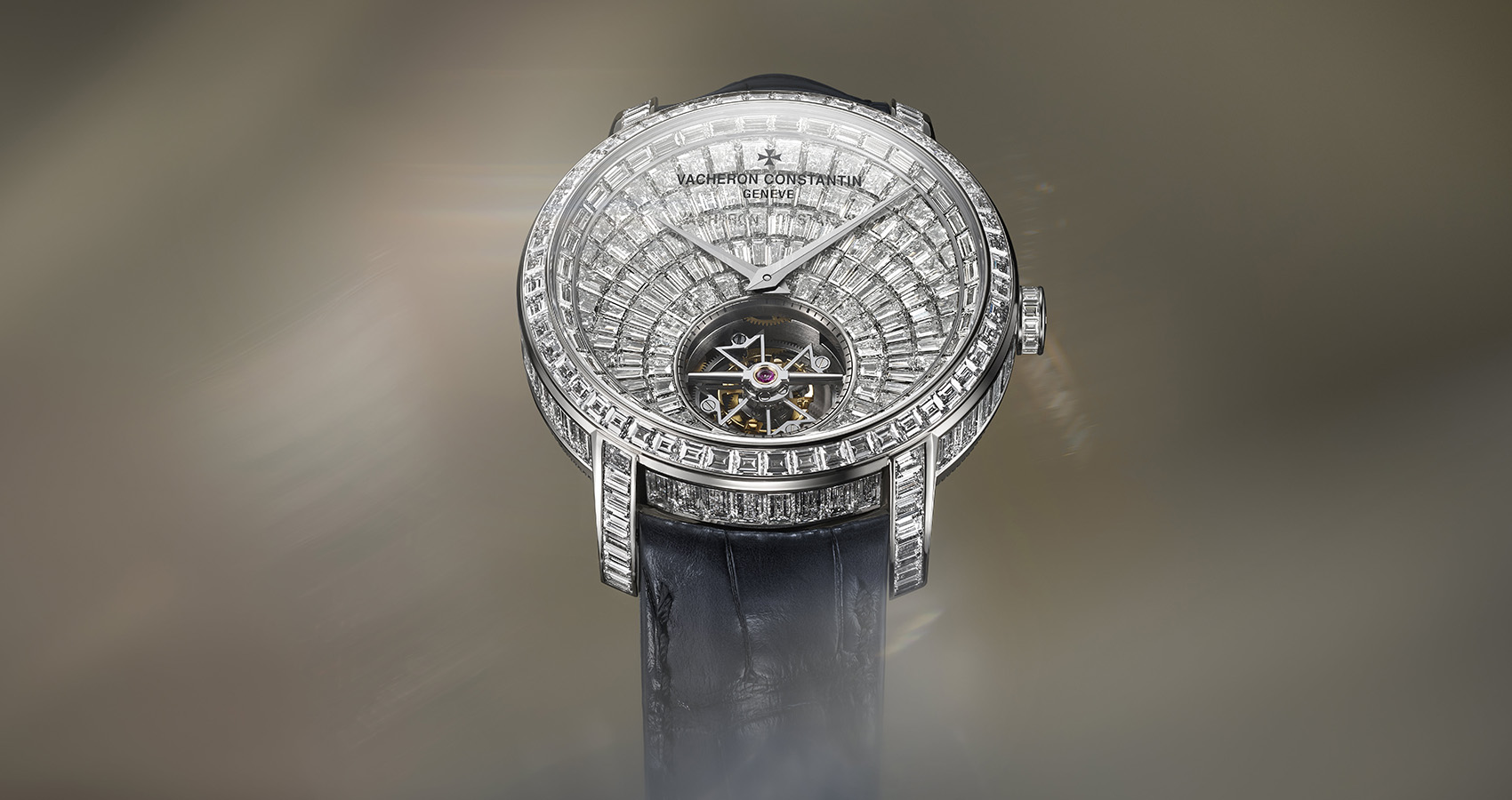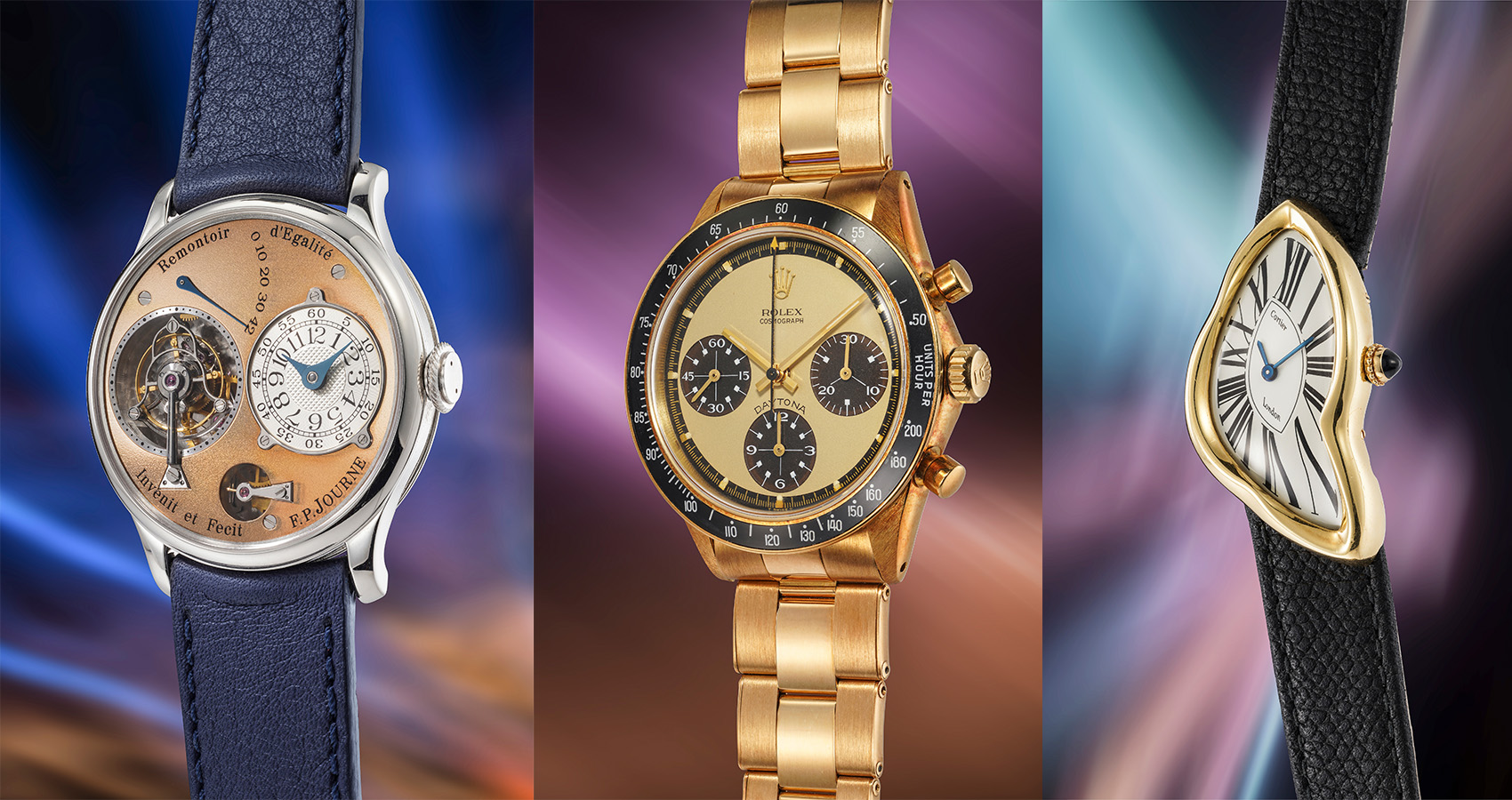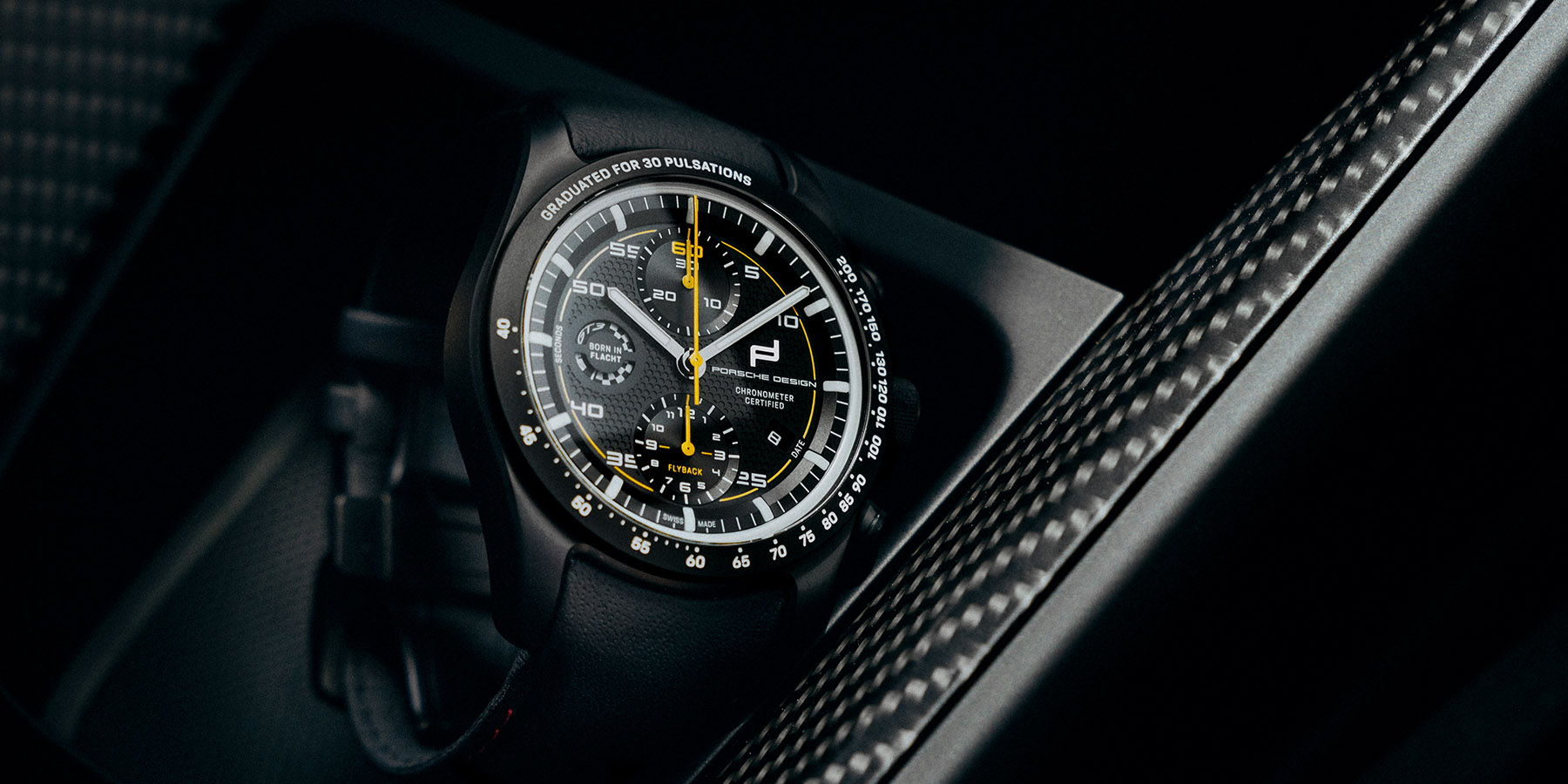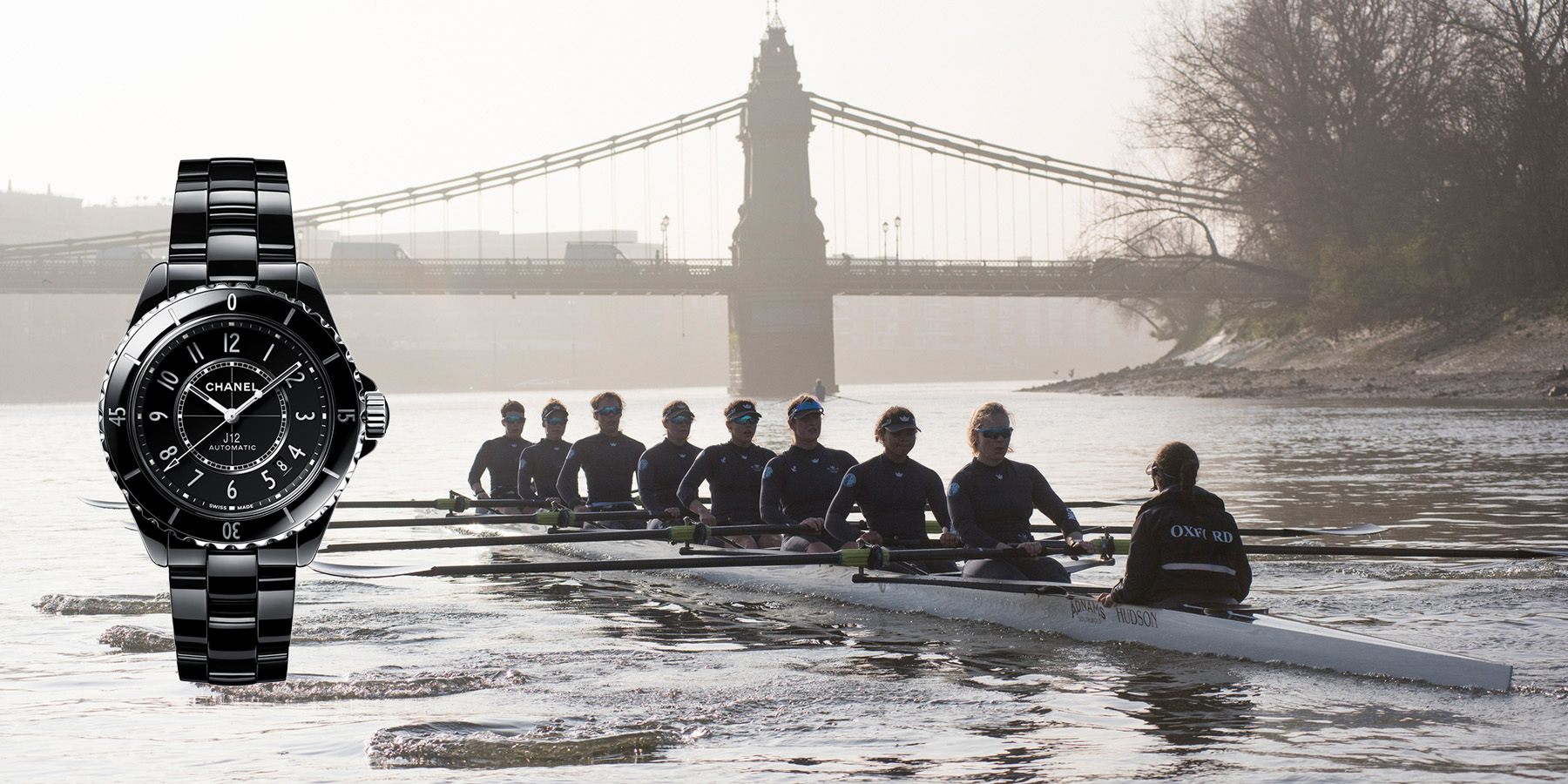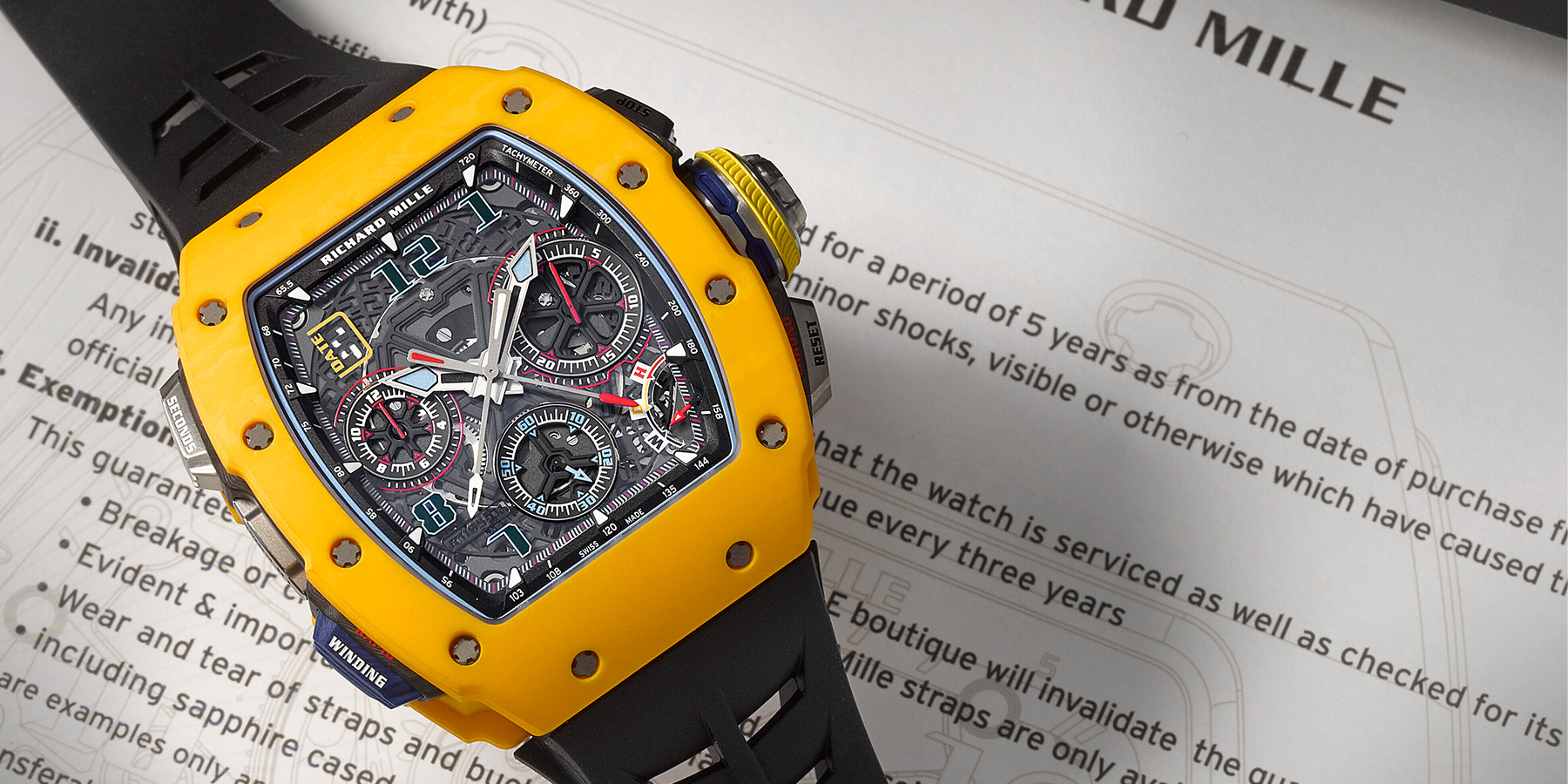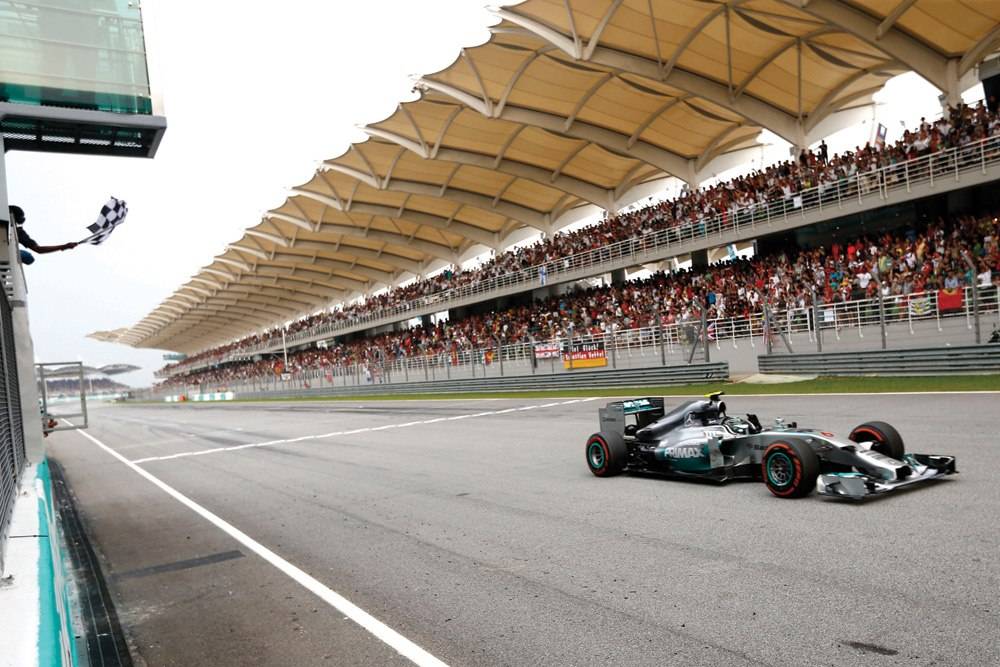
On My Count: Haute horlogerie brands are going pedal to the metal to compete for high-octane F1 partnerships

The cars make less noise and aren’t as fast as last season, but Formula One is the be-all and end-all for more than 500 million fans worldwide. Which means the haute horlogerie brands that make it onto the grid each season have a seat in the spotlight, especially in 2014, with what is turning out to be one of the most exciting championships in years.
Of course, the watchmaking industry has a well-established love affair with fast cars. The two industries share a passion for perfection, and seem to enjoy working together to get across the checkered line in first position. While Formula One teams were dependent on the watch world to ensure accurate timekeeping in the sport’s early days, it seems the roles are beginning to reverse, as watchmakers now look for inspiration in the technology and design features developed by F1 engineers.
Already, words such as engine, chassis, wheels, and power have seeped into the vocabulary of watchmakers, according to Stéphane Linder, CEO of TAG Heuer. For TAG Heuer, partner of the McLaren F1 team since 1985, it has also been a boon not only to design but also to the manufacture’s reputation. “What can you do against a 154-year association with racing cars, 44 years in F1, and partnering always with the very best teams and champions,” Linder mused, speaking to his brand’s rich history with the sport.

Brands like TAG Heuer, Rolex, and Omega have a definitive advantage in terms of experience, but these days younger brands are also keen to get a piece of the pie, as F1 welcomes more partnerships with high-end watchmakers than ever before. For example, Hublot made a huge statement in 2010 when it became the Official Watchmaker of F1.
“At Hublot we always want to be different and be the first, and at that time we saw that the world of F1 wasn’t sponsored by a watch brand of a great level,” said Ricardo Guadalupe, CEO of Hublot. Despite relinquishing its sport-wide Official Watchmaker of F1 title to Rolex in 2013, the brand continues to be heavily involved in the sport, and is the official timekeeper of Scuderia Ferrari.
“To remain the leader, you need to work with the best, and that’s exactly why we are with Ferrari,” Guadalupe continued. “If you look at the people around the track, it’s still about Ferrari for the fans.”

Since it teamed up with Ferrari in 2011, Hublot has released a number of limited edition timepieces. This year, Hublot celebrated the partnership with the release of three new 45mm Big Bang Ferrari chronographs in ceramic carbon, titanium carbon, and the company’s proprietary King Gold alloy, all equipped with Hublot’s in-house Unico Chronograph caliber.

Hublot also gained visibility when Scuderia Ferrari became the first team to feature a watch brand on its chassis. The Hublot name continues to fly around the world’s most exciting Grand Prix tracks today. And when the engine of the F14 T is turned off, Scuderia Ferrari driver Kimi Räikkönen can still be spotted wearing his Hublot Big Bang Ferrari Red Magic around the paddock.
The multi-disciplinary strategy employed by Hublot is one that has been used for as long as watch brands have partnered with drivers. Even today, TAG Heuer continues to market Steve McQueen’s iconic Monaco model, which he wore in the film Le Mans. And those that don’t have such a storied heritage have found ways to get their names and timepieces on camera during races. For example, IWC Schaffhausen came up with a clever bit this year, embroidering its Big Pilot model on the left-hand gloves of its partner Mercedes AMG Petronas’ drivers. The result—inspired by the popularity and quality of new on-board cameras—means team drivers Lewis Hamilton and Nico Rosberg are constantly flashing viewers an IWC ad on their wrists. IWC’s strategy has been particularly effective this season, as Hamilton and Rosberg have dominated standings, grabbing the most screen time of all the competitors.
“I love wristwatches, and it seems to me that those made by IWC have a lot in common with Formula One drivers,” Lewis Hamilton commented. “They’re unique, high-performance watches and are among the best in their field.”
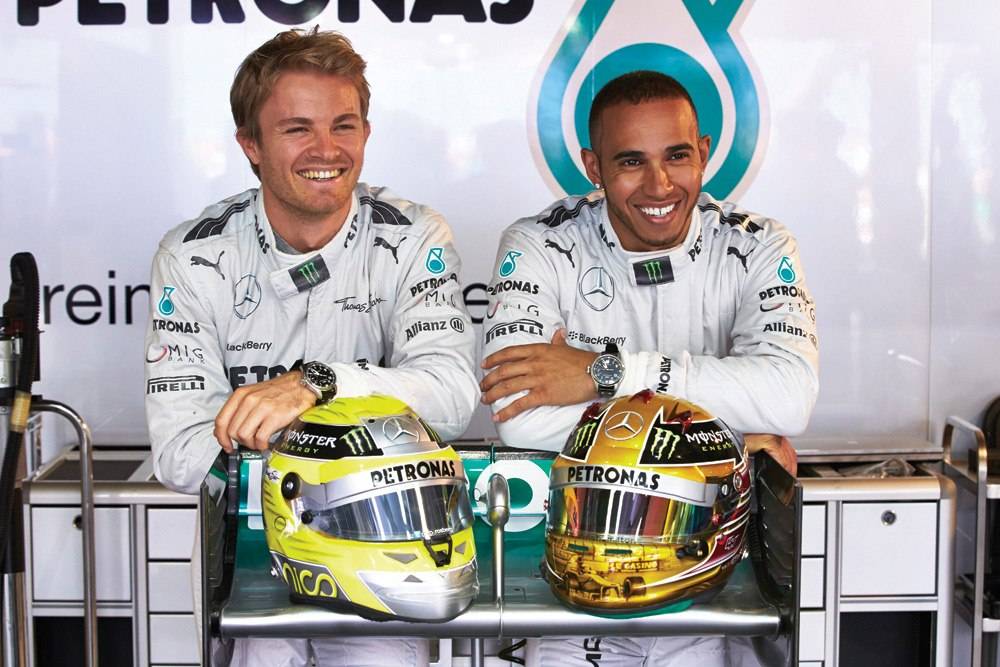
IWC celebrated its winning two-year partnership with Mercedes AMG Petronas in 2014 with the release of a pair of rugged, sports-inspired additions to the brand’s Ingenieur collection. The new Ingenieur Automatic Carbon Performance Ceramic features a case inspired by the materials used by the Mercedes AMG Petronas team on the racetrack.
The pull of F1 has also been attracting great interest from independent brands, such as Richard Mille, Audemars Piguet, and even Armin Strom. “There have been small and large watch companies sponsoring F1 ever since the sport began,” said Richard Mille. “What is more important about it in my view is what the company does to provide a real connection with the sport itself.”
Richard Mille waded into the scrum in 2004, when it announced F1 driver Felipe Massa—then driving for Sauber—as the manufacture’s first ambassador. That same year, the Swiss brand released the RM 006 Felipe Massa, and the Brazilian driver made watchmaking history by becoming the first person to wear a tourbillon watch throughout an F1 season, no small technological feat for a mechanical watch subject to g-force.
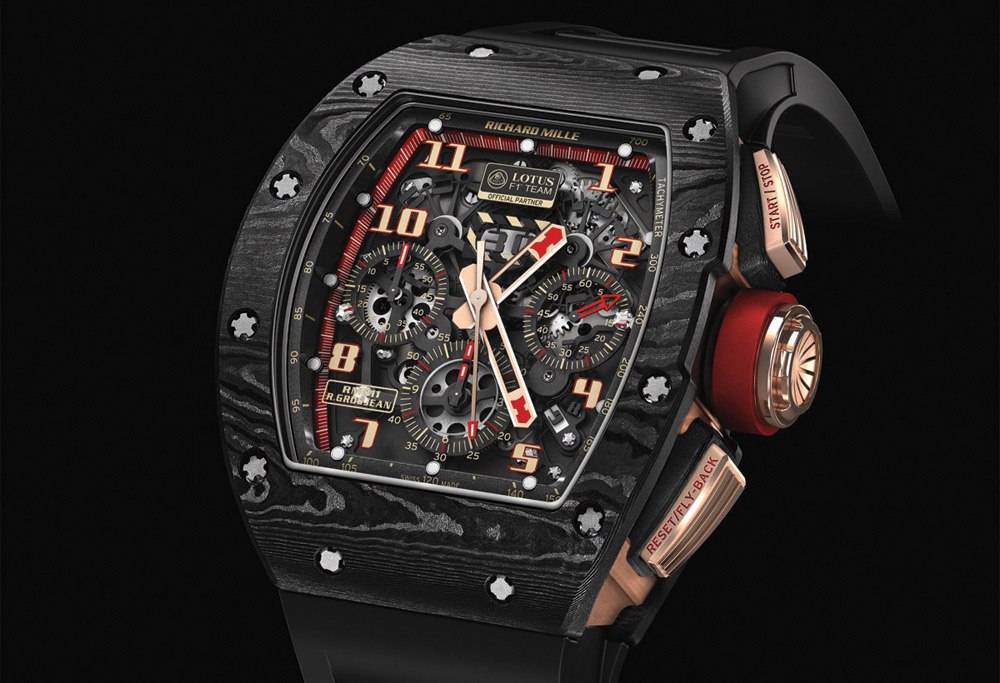
“My watches are conceived and built with the F1 technological spirit inside of them, in the same manner as the cars are built,” Mille explained. “I don’t believe that adding a color or a sticker on a watch turns it into an F1 timepiece, because I take such sponsoring quite seriously and my watches don’t allow for compromises.”
Since then, Richard Mille has released even more complex special edition tourbillon watches, including the RM 009 and the RM 056. This year the brand also welcomed a new motorist partner—Lotus F1 driver Romain Grosjean—and the relationship spawned the stunning and highly complex RM 011 Lotus F1 Team Romain Grosjean Automatic Flyback Chronograph. Grosjean could be seen wearing the new RM 011 outside his overalls during the Monaco Grand Prix last month, testing the timepiece in practice, qualification, and even during the race.

“The drivers who wear our watches during races always ask us to make them tough and light, as did Romain,” Mille said. “So we chose to make the bezels for this watch from our new NTPT® material, which is light, virtually indestructible, and very tough in all conditions.” NTPT® carbon, a material exclusive to Richard Mille, consists of over 800 layers of carbon fibers that are woven and impregnated with resin. The result is a case that’s incredibly rigid. In Monaco, the RM 011 was subjected to knocks, vibrations, and lots of g-force, but ultimately survived the grueling experience on Grosjean’s wrist.
As Hamilton indicated earlier, haute horlogerie’s fondness for F1 also seems to be mutual with the sport’s drivers, who can be overheard talking about watches on the weekends (although on Sundays, it’s all about the racing, of course). Max Chilton, who drives for the Armin Strom-sponsored Marussia F1 team, commented, “My teammate Jules Bianchi wanted to buy a nice watch, and there are other drivers who want to buy other lovely brands, and you have a look at them.” Armin Strom, a small independent brand known for its expertise in skeletonization, first joined up with the Marussia team in 2010.
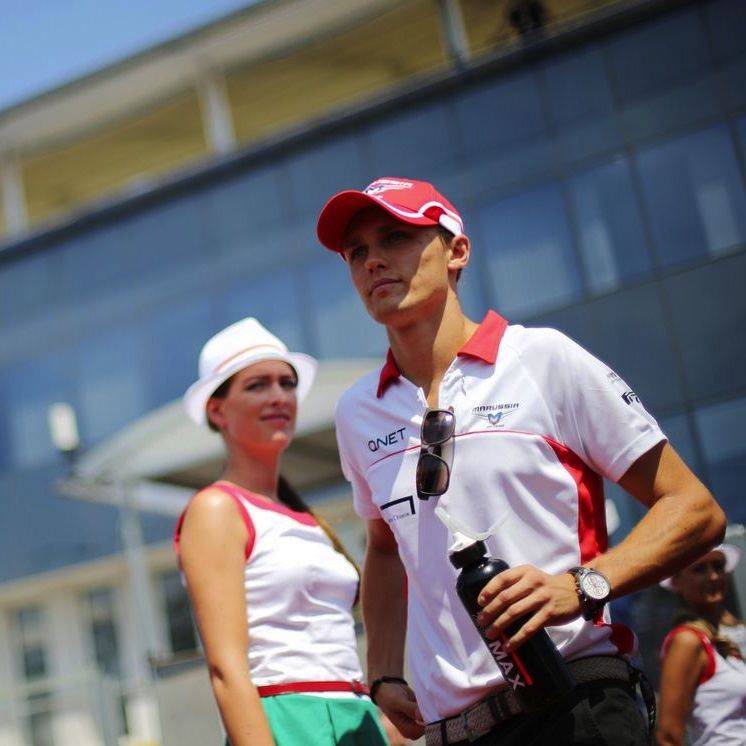
According to Chilton, Armin Strom’s incorporation of bits of Marussia’s F1 engines into its watches is what makes them so cool. “I’ve always appreciated what goes into them,” Chilton said. “The manufacturing side fascinates me. I can’t believe the intricacy they get into now to make watches.”
Because of the limited lifetime of F1 engines, there is a surplus of defunct parts, some of which are shipped to Armin Strom. The manufacture cleans them, liquefies them into an aluminum alloy, and finally mills them into watch bridges. The result is an avant-garde and sporty-looking part, which can be seen in Armin Strom’s limited edition Racing Gravity, inside the small seconds indicator at 9 o’clock.
Although his loyalty is to Armin Strom these days, Chilton said his passion for watches began with TAG Heuer—in fact, his first watch was a TAG Heuer F1 Chronograph. And while Chilton is a mere 23 years old, the majority of the drivers on the grid this year grew up during TAG Heuer’s F1 heyday in the 1970s. No doubt many eye Vodafone McLaren Mercedes driver and TAG Heuer ambassador Jenson Button’s TAG Heuer Carrera with a hint of jealousy. The sporty 43mm chronograph, powered by TAG Heuer’s in-house Calibre 1887 automatic movement, features ultra-resistant ceramic on the bezel, and a scratch-resistant sapphire on the caseback. Another piece inciting some covetous looks is TAG Heuer’s Calibre 1887 Chronograph Monaco Grand Prix Limited Edition. Released this year, this model features a black rubber strap inspired by F1 tires from 1963, the year the Carrera was born.
However, the most iconic F1-inspired piece is undoubtedly Audemars Piguet’s Royal Oak Offshore Chronograph Michael Schumacher, designed in honor of the F1 legend. As fans of the sport know, ‘Schumi’—as Schumacher is affectionately known—remains in critical condition following a ski crash in Méribel, France late last year. Although he retired from F1 in 2012, Schumacher will forever remain an inspiration not only to Audemars Piguet, but to the watch world at large—an embodiment of the values of daring and courage we all strive to achieve.
 SIGN UP
SIGN UP


